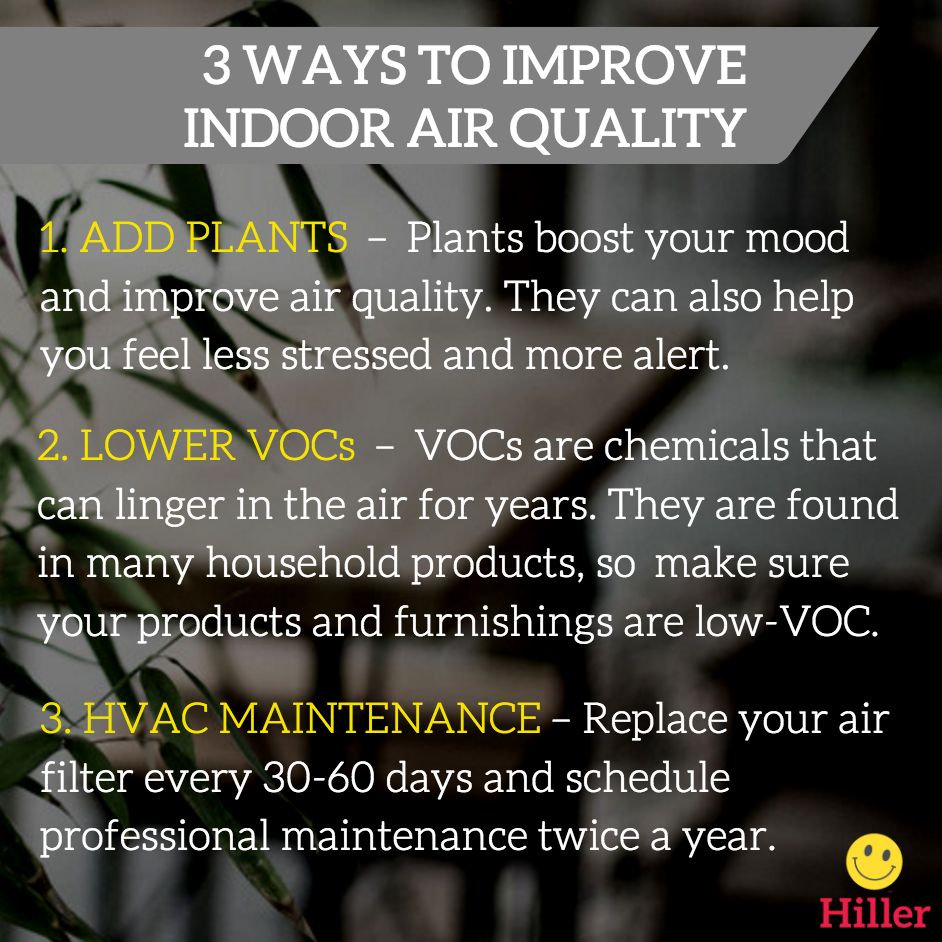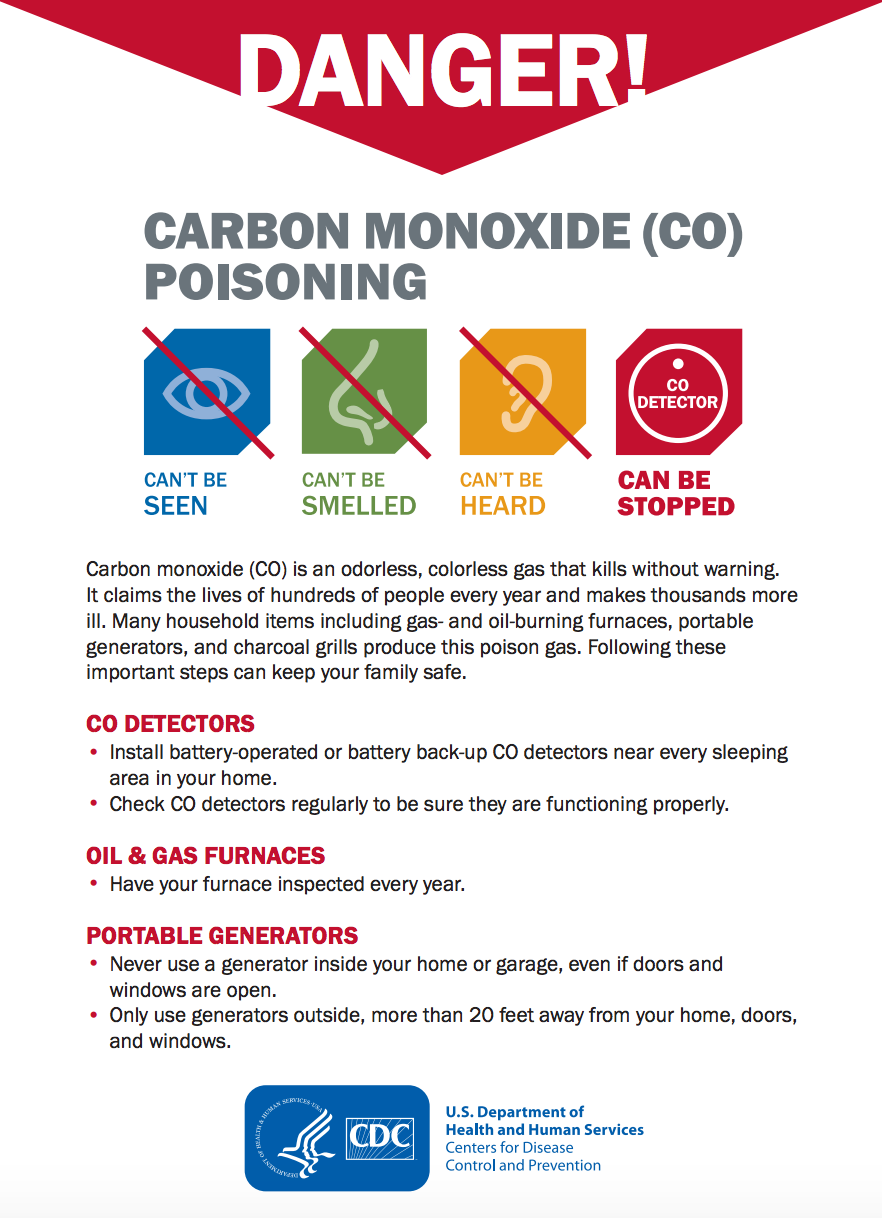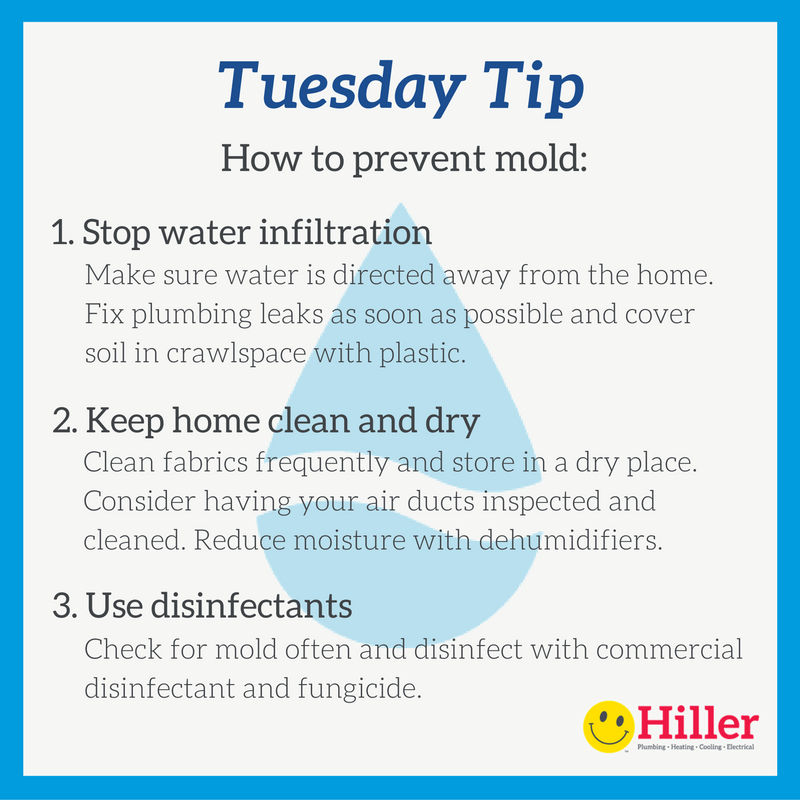5 Ways to Improve Indoor Air Quality & Reduce Allergens
Enjoy reading the latest DIY articles and saving money?
Receive our latest helpful hints, tricks and savings, directly to your inbox.
Posted June 1, 2017
Floating contaminants are everywhere. Just shine a beam of light in a dim room and it could look like there’s a storm brewing. But, no those aren’t pretty snowflakes; they’re potentially harmful pollutants.
Many people don’t realize that the air inside is often much more polluted than the air outdoors—2 to 5 times (and occasionally over 100 times) as polluted (EPA). Part of the reason why indoor air can be more polluted than outdoor air is because the outdoor environment has natural air-cleaners, such as UV rays from the sun and plants and trees that trap air pollutants.
The other reason is due to the excessive amount of pollutants that are generated from inside the home.
Some common sources of indoor air pollution include:
- Fuel-burning appliances
- Cigarettes, incense, candles, and other smoke-producers
- Building materials and furnishings such as:
- Asbestos-containing insulation
- Renovations and new flooring or carpet
- Cabinetry or furniture made of certain pressed wood products
- Household cleaning, hygiene, and maintenance products
- HVAC systems and ductwork
- Excessive moisture, which leads to mold and mildew
- Outdoor pollution sources, such as fertilizers, pesticides, exhaust fumes, and radon.
In order to minimize the amount of indoor air pollutants in your home, here are some tips that can make a huge difference.
5 Ways to Improve Indoor Air Quality (IAQ):
1. Replace the air filter.
Remembering to replace the air filter every 30-60 days is the best thing you can do to trap indoor air pollutants and make sure the air inside is clean and breathable. The air in your home gets recycled throughout your duct system. If your air filter is dirty and clogged, you risk doing damage to your HVAC system in addition to adding unnecessary particles to the indoor air.
Learn How to Choose the Right Air Filter:
2. Consider cleaning your air ducts.
Since all the air in your home eventually makes its way through your central air duct system, you want to make sure that it is cleaned every once in a while. A good rule of thumb is to schedule a air duct cleaning every 5-7 years, however, it depends on the circumstances. Dirtier homes require more frequent cleanings.
A good way to tell if you are up for a duct cleaning is to take a peak inside your air ducts. Simply unscrew one of the vents/registers and stick your flash camera inside to take a pic.
The pictures will come out very dirty, somewhat dirty, or fairly clean. If you see medium-to-large objects and dust bunnies galore, it’s probably time to call your local HVAC expert to inspect the home for dirty air ducts. Learn whether or not you should have your air ducts cleaned on epa.gov.
3. Have licensed technician inspect HVAC ventilation.
It’s extremely important to have an adequate ventilation system for your heating and cooling system, as well as for your kitchen and bathroom. Without proper ventilation, you can risk carbon monoxide (CO) poisoning and other effects of fuel combustion.
Refer to this fact sheet from the U.S. Centers for Disease Control and Prevention:
All fuel-burning appliances give off some amount of CO, so it’s important that any combustion-based appliance or machine is operated outdoors or installed and checked by a professional. This is just one of the reasons you want to schedule HVAC maintenance before every heating season (early fall is the best time).
Learn Everything You Need to Know Before Buying a New HVAC System.
4. Increase ventilation around other parts of the home.
The reason why your indoor air is so much more polluted than the outdoor air is because the natural environment has things like the sun and plants to help filter and clean the air. While indoor plants and open windows help, you may want to invest in an energy recovery ventilator (ERV) so that you don’t bring in the outside temperatures with the air.
Discover 5 Plants That Can Improve Indoor Air Quality.
Here are some of the best plants for naturally filtering pollutants in your home:
Learn How to Prevent Mold in the Home.
Learn The Importance of Whole-Home Humidification Systems.
5. Check your household cleaners.
Ironically, many cleaners are dirtying your indoor air and potentially making you sick. Cleaners, paints, and other chemical-based products often release harmful volatile organic compounds (VOCs) into the air that can cause respiratory problems and much worse. Learn more about the effects of VOCs and which household products are safe to use.
 We want to improve your indoor air quality! Don’t hesitate to contact us for more information on air cleaners, air purifiers, and air filtration.
We want to improve your indoor air quality! Don’t hesitate to contact us for more information on air cleaners, air purifiers, and air filtration.




 Daily Promotion
Daily Promotion